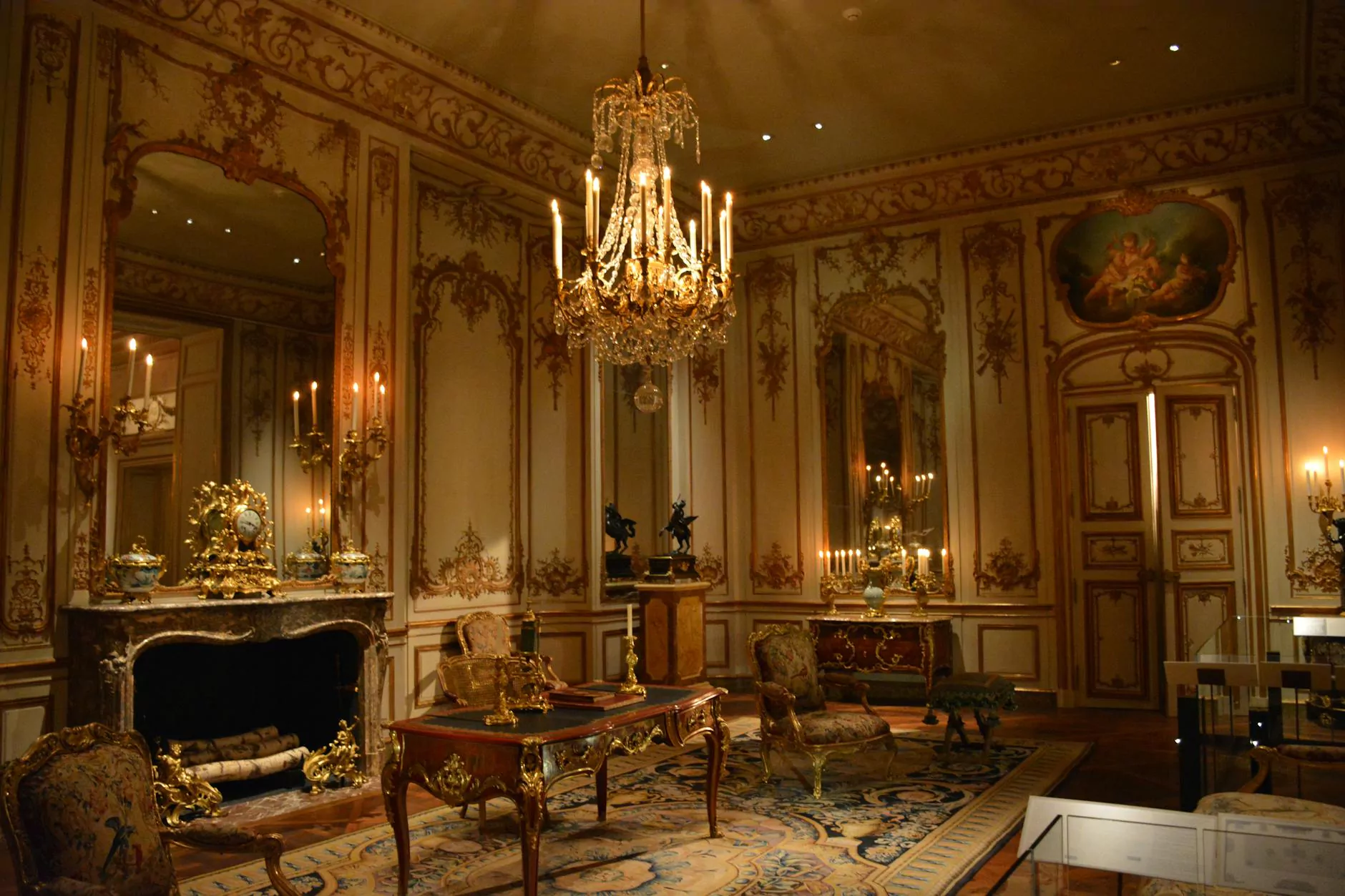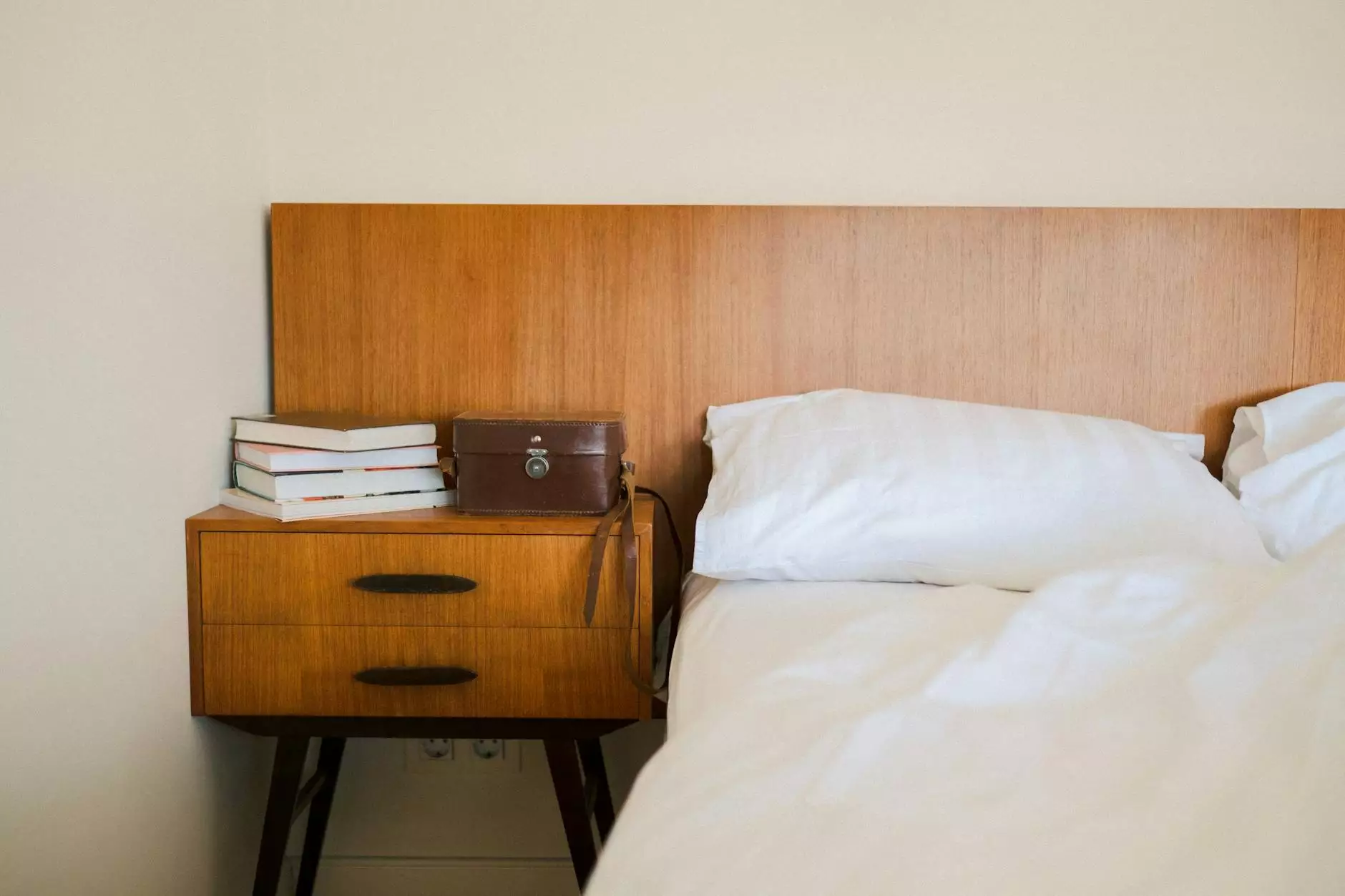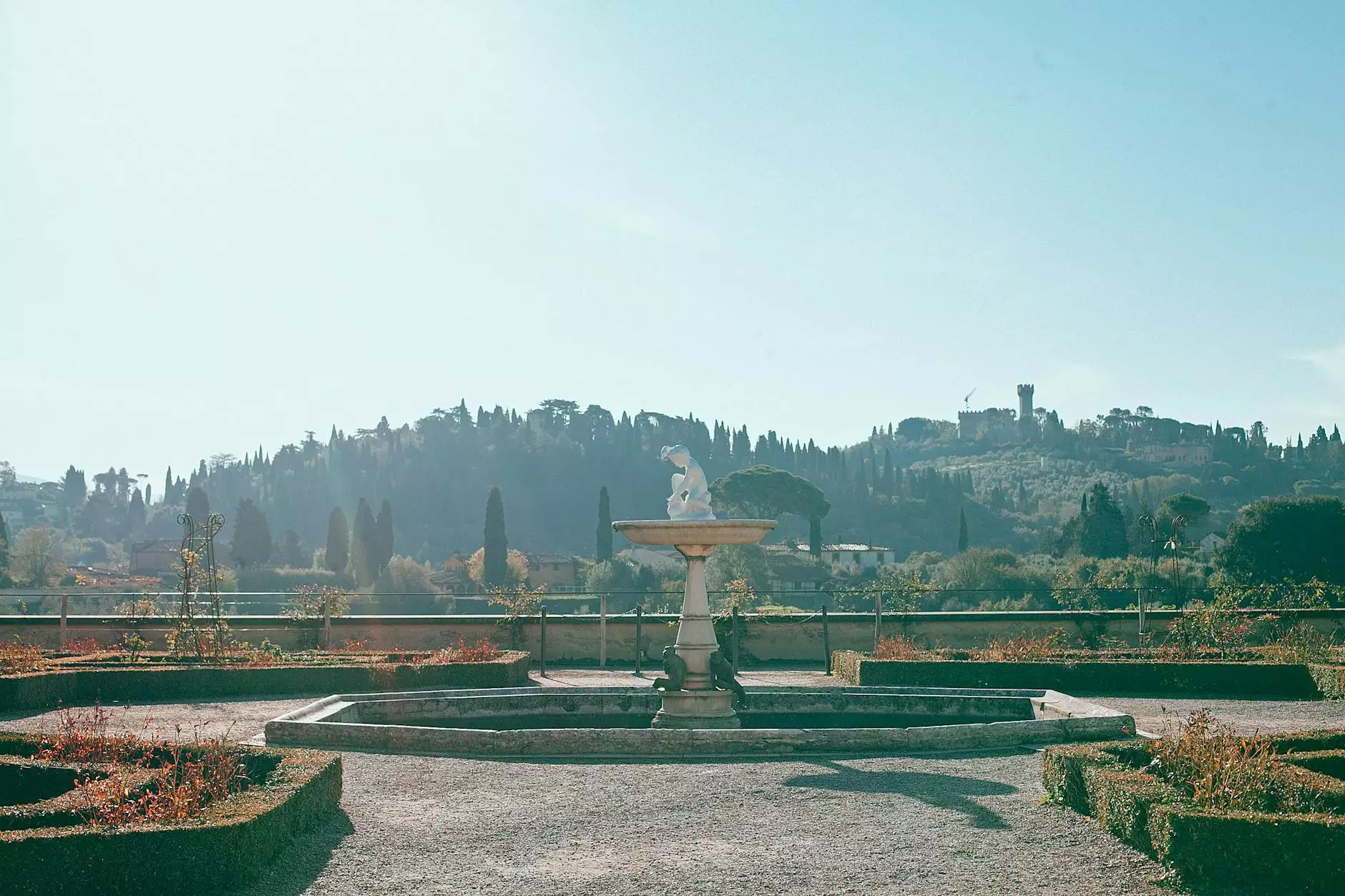Interpretation of the 1870s Parlor and the 1931 Living Room
1800-1849
Welcome to La Historia Society's exploration of the fascinating historical periods represented by the 1870s parlor and the 1931 living room. In this section, we will delve into the intricate details and cultural significance of these unique spaces, offering you a comprehensive insight into the lifestyle and design aesthetics of those eras.
The 1870s Parlor: A Glimpse into Victorian Elegance
The 1870s was a time of significant social and cultural changes. As people sought to showcase their prosperity and refined taste, the parlor became the epitome of Victorian elegance and sophistication. This meticulously designed space served as a reflection of societal norms, showcasing social status, and offering a place for formal entertainment and family gatherings.
In the 1870s parlor, attention to detail was paramount. Elaborate plasterwork, intricate ceiling medallions, and ornate crown moldings adorned the walls, exuding opulence. Rich, dark woods such as mahogany and walnut were popular choices for furniture, featuring exquisite craftsmanship and intricate carvings.
Quality fabrics, such as silk, velvet, and brocade, were used to upholster chairs and sofas, adding a luxurious touch. Persian rugs, with their intricate patterns, graced the floors, while delicately embroidered lace curtains framed the large windows, allowing a soft diffusion of natural light.
The parlor was carefully arranged with seating areas and conversation spaces, encouraging formal social interactions. A central focal point, often a grand piano or a fireplace, served as a gathering point for entertainment and conversation.
The 1931 Living Room: A Modern Twist on Interior Design
In contrast to the grandeur of the 1870s parlor, the 1931 living room represented a shift towards a more modern and functional approach to interior design. The aftermath of World War I and the ongoing economic challenges influenced the design choices of the era.
The 1931 living room embraced simplicity and functionality without compromising on style. Streamlined furniture with clean lines and geometric shapes replaced the ornate Victorian pieces. Lighter woods, such as oak and beech, came into vogue, reflecting a shift towards a more casual and relaxed lifestyle.
The use of technology in the living room gained significance during this period. Radios and gramophones became prominent fixtures, providing entertainment and becoming a central focus within the space. Art Deco-inspired lighting fixtures and wall sconces added a touch of glamour and sophistication.
The color palette of the 1931 living room featured pastel shades, earthy tones, and pops of vibrant colors, creating a harmonious blend. Upholstery fabrics leaned towards practicality with durable materials like cotton and linen.
As the concept of family time gained importance, the 1931 living room was designed to be more inviting and comfortable. Lounge chairs and sofas were arranged in a way that promoted relaxation and casual conversations. Decorative elements like cushions, throw blankets, and rugs added warmth and coziness to the space.
Understanding Social Dynamics and Lifestyle
By exploring the intricacies of the 1870s parlor and the 1931 living room, we gain profound insights into the social dynamics and lifestyle of those respective eras. These spaces not only reflected the aesthetic preferences of the time but also served as platforms for social interactions, cultural expressions, and the display of wealth.
In the 1870s, proper etiquette was considered critical, and the parlor served as a space to uphold societal norms. Formal gatherings, including musical performances and card games, were common activities, showcasing refinement and elegance.
In contrast, the 1931 living room reflected a more casual and inclusive approach. With the rise of the radio and increased accessibility to entertainment, families would gather to listen to programs, creating shared experiences and strengthening familial bonds.
Both the 1870s parlor and the 1931 living room embody the evolution of society and its values. Exploring these spaces allows us to understand how interior design and style were influenced by the economic, social, and cultural contexts of their respective time periods.
La Historia Society: Preserving and Celebrating History
At La Historia Society, our mission is to preserve and celebrate history through the exploration of fashion, architecture, interior design, and lifestyle. By providing comprehensive insights into the past, we aim to educate and inspire individuals with a passion for history and culture.
Our team of historians and experts is dedicated to researching and curating authentic information, ensuring that our content is accurate, engaging, and unique. We pride ourselves on offering a rich and immersive experience that transports our readers back in time, allowing them to gain a deeper understanding of the world that once was.
Join us in our journey of rediscovering the past. Uncover the stories behind the design choices, unravel the intricacies of cultural shifts, and gain a fresh perspective on the historical events that shaped our society. Let La Historia Society be your guide to the captivating world of history and culture.










